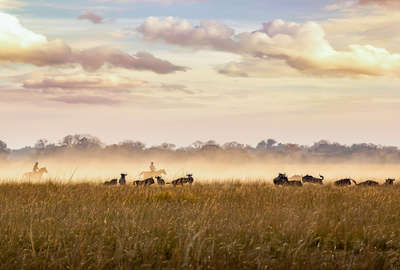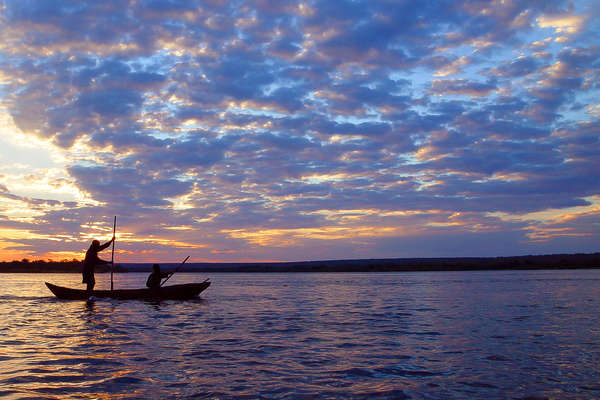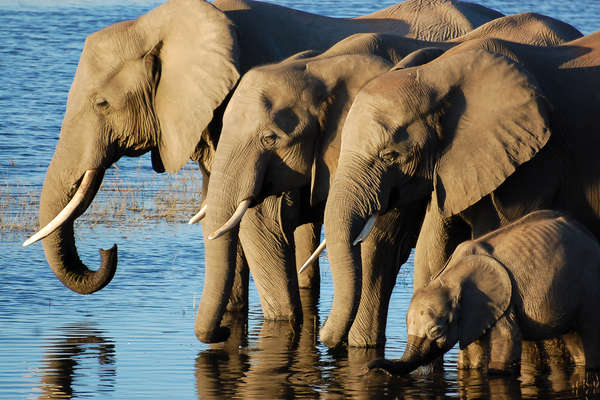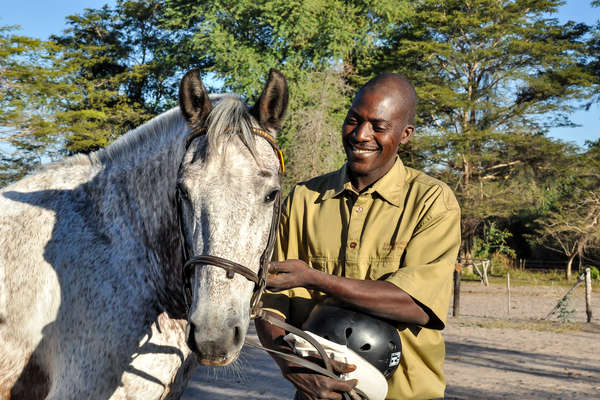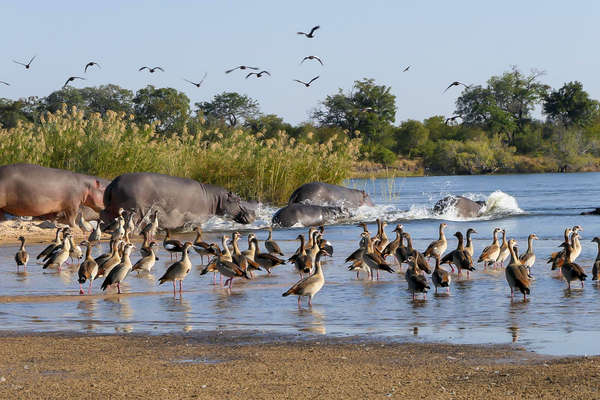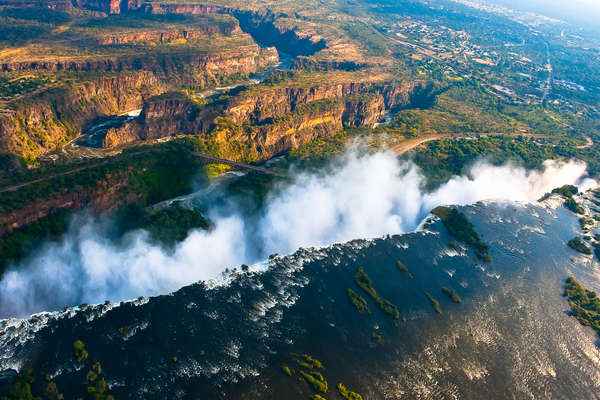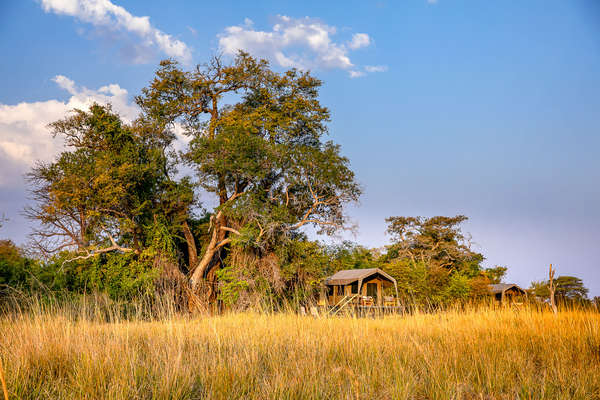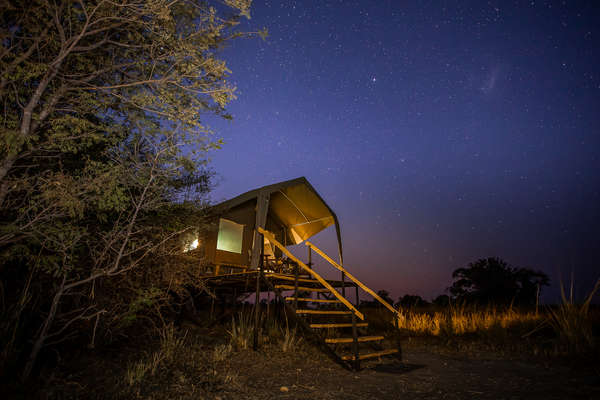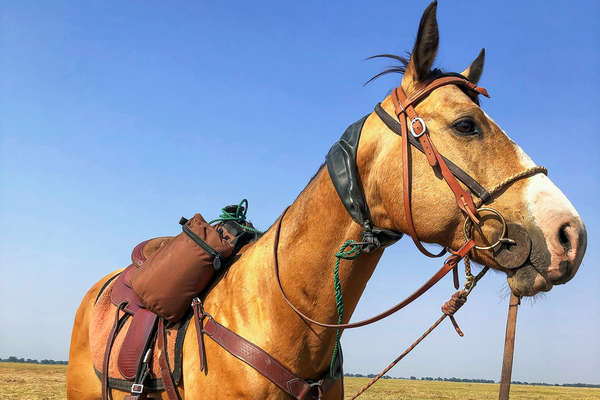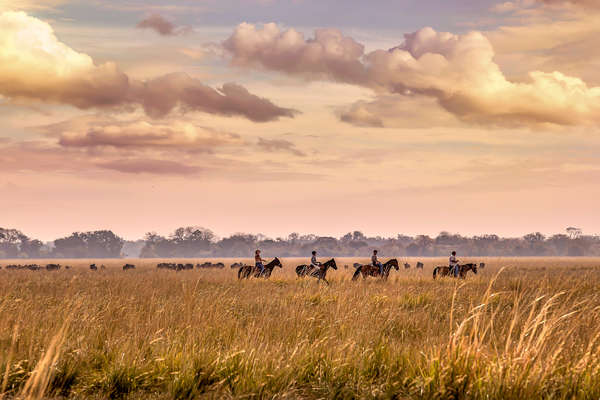Although Zambia has less than 15 million habitants, it comprises a very broad and diverse group of races and ethnicities – around 73 distinct ethnic groups can be identified most oh which are Bantu-speaking. Zambia is also home to a small yet thriving Asian community, predominantly of Indian and Chinese origin.
This broad variety makes Zambia home to a vibrant mix of cultures, traditions, and people.
Zambia is one of the most highly urbanized countries in sub-Saharan Africa, with 44% of the population concentrated along the major transport corridors, while rural areas are sparsely populated.
There are more than 20 annual traditional ceremonies in Zambia, manifesting customs, social life, rituals, oral history, material and spiritual culture. One of the most famous occurs as the flood plain in the Upper Zambezi Valley rises, at the end of the rainy season (any time from February to May), a very famous festival called Kuomboka takes place. This festival celebrates the paddle from Lealui, the dry season settlement of the Litunga (Lozi king), to Limulunga the wet season settlement on higher ground. The Litunga travels on the Nalikwanda, a huge wooden canoe painted with black and white stripe. This canoe is paddled by around one hundred people, if not more. Each paddler wears a headdress of a scarlet beret with a piece of lion’s mane and a knee-length skirt of animal skins. The journey is characterized by ululating and by the sounds of the royal drum.
An interesting fact about this festival is that it has no set date as it is the Litunga that decides when the transition should occur. To declare his intent, he drums on the Maoma drums. This is to let the people know that the move is imminent and also to alert the royal paddlers to gather and prepare for the journey.
Aside from the very rich culture and traditions, Zambia is a place charged with amazing biodiversity, especially when it comes to birdlife.
To a large extent Zambia’s avifauna is that of the Central African Plateau. The vegetation is mainly miombo woodland, bisected by grassy dambos along drainage lines. In some areas the miombo woodland is replaced by other woodland types, dry forest or thicket. Along watercourses there may be riparian forest, or in wetter areas in the north, wet evergreen forest.
You may see species like the Shoebill, the Papyrus Yellow Warbler, the Great Snipe, and many others as so far 740 species have been recorded here.
